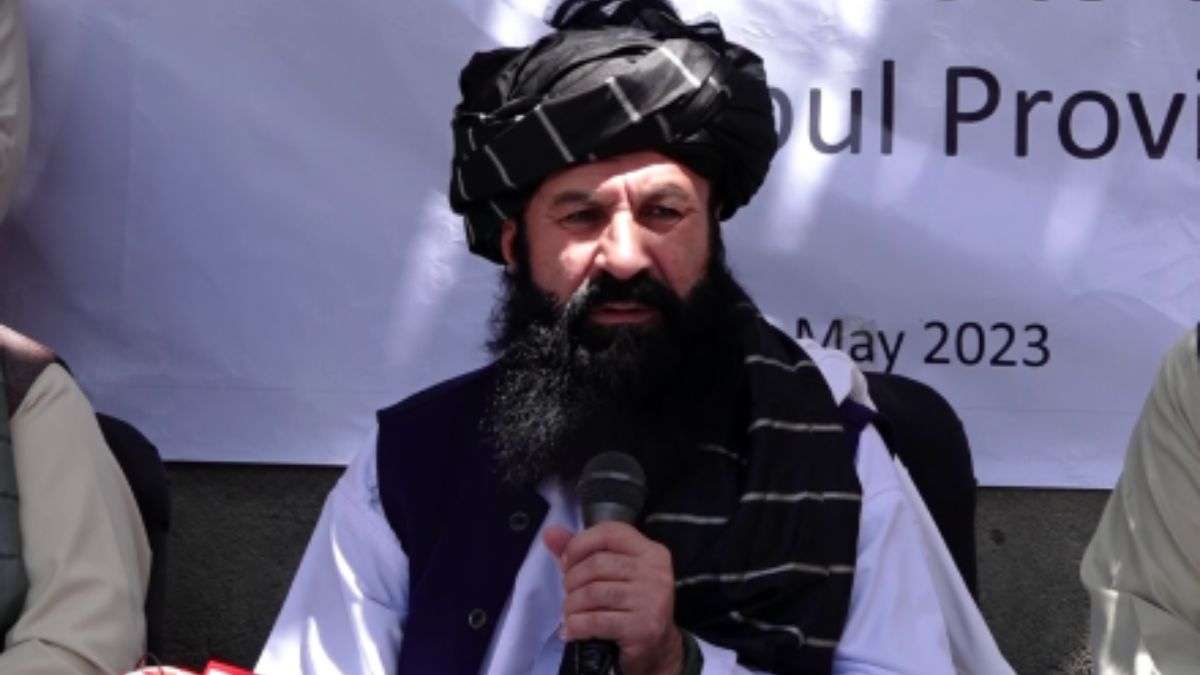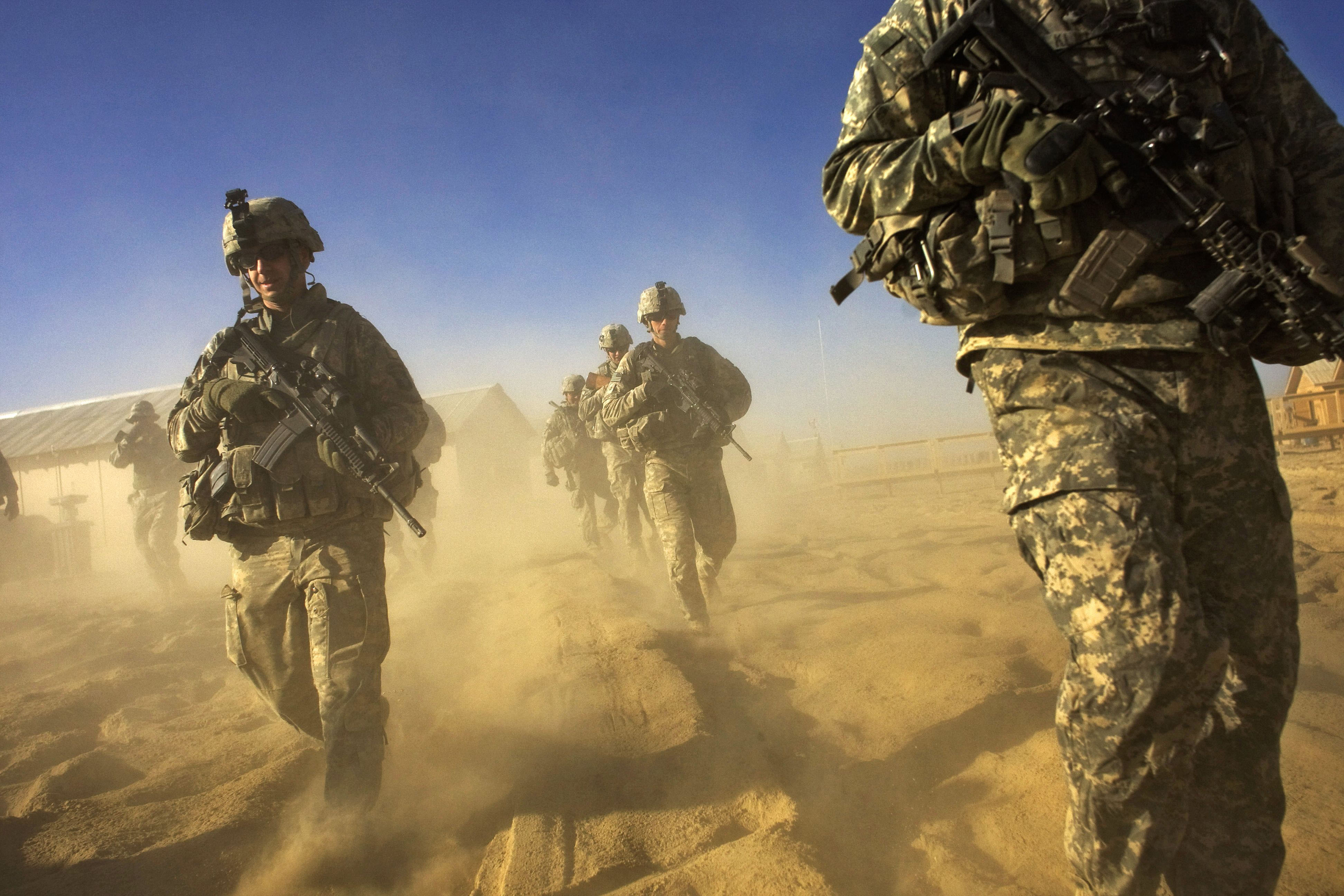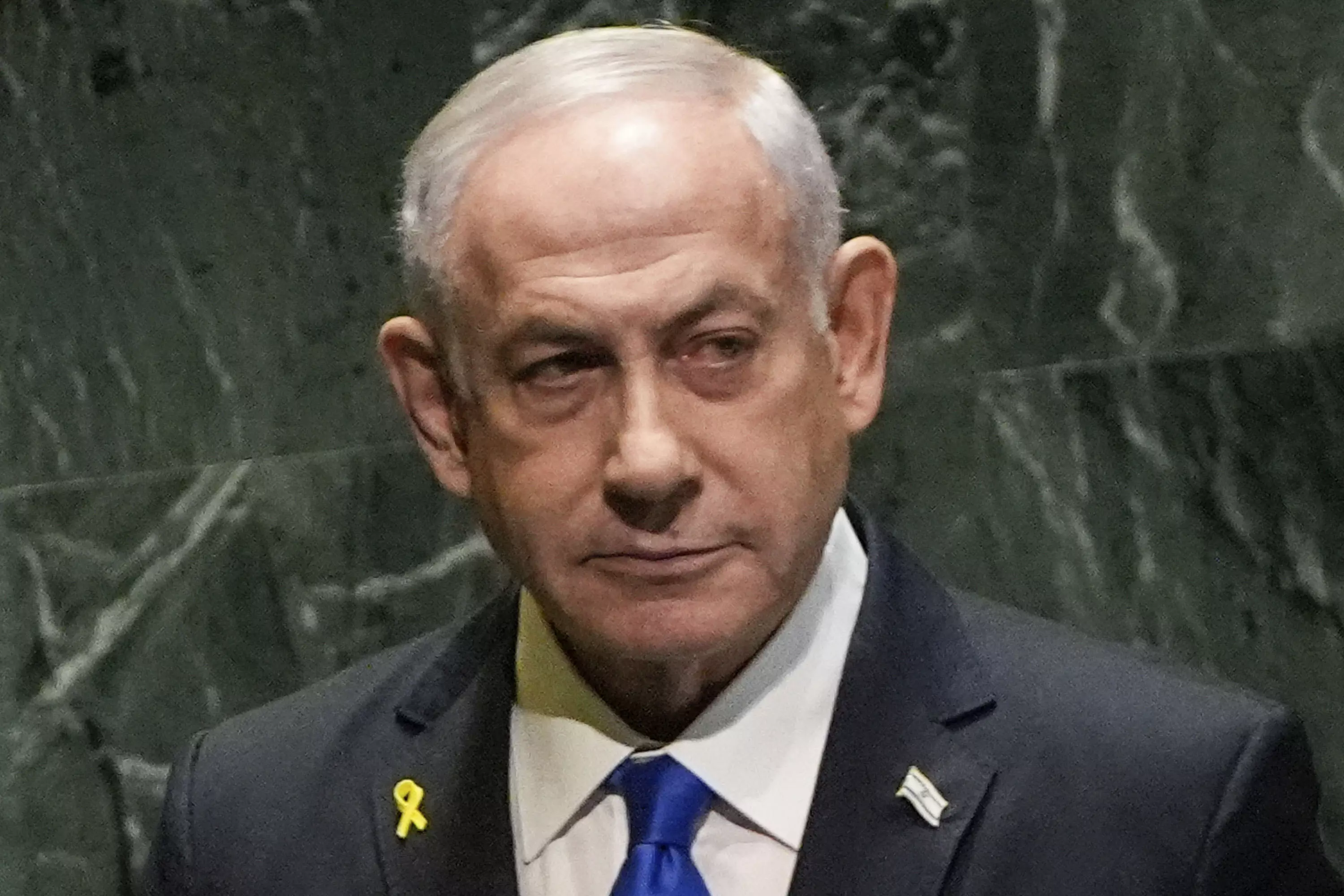
Ayman al-Zawahiri assassination: The Taliban’s biggest crisis
Al JazeeraThe drone attack that killed al-Qaeda leader Ayman al-Zawahiri has plunged the Taliban into an internal crisis. This imperils two core, and contradictory, Taliban goals: Maintaining the legitimacy of the group’s rank and file, which includes hardened armed fighters and religious ideologues and securing badly needed financial assistance from an international community already reluctant to fund the Taliban because of concerns about its “terrorist” ties. Ironically, new Taliban tensions with fighters could strengthen the group’s narrative that it is distancing itself from “terrorists” – but they also raise the risk of these groups turning their guns on the Taliban. The group’s internal divisions are well known: There are differences between the fighter ranks and the civilian representatives long based in the Taliban political office in Doha; between ideologically-driven mullahs and more practically minded leaders who support more international engagement; and between the Haqqani network faction and Taliban authorities from Kandahar, the group’s birthplace. According to scholars Don Rassler and Vahid Brown, the Haqqani network has functioned within al-Qaeda “as an interdependent system.” Many Taliban leaders likely are not happy that al-Zawahiri took shelter in Kabul.
History of this topic

New US intelligence suggests al Qaeda unlikely to revive in Afghanistan, but officials warn ISIS threat remains
CNN
In Afghanistan, Taliban Face a Growing Threat in ISKP
The Diplomat)
Why neutralisation of Ayman al-Zawahiri in Afghanistan raises more questions than answers
Firstpost
Question marks over Pakistan role in the US killing of Ayman al-Zawahiri
The Hindu
Taliban in Kabul: A year on, challenges remain
Hindustan Times
K.C. Singh | After Zawahiri: Be alert for Afghan churn, J&K fallout
Deccan Chronicle
Taliban claims it had NO IDEA Ayman al-Zawahiri was hiding in Kabul
Daily Mail
Taliban ‘not aware’ Ayman al-Zawahiri was in Kabul
The Hindu
Haqqani family members killed in US strike on al-Qaeda chief, says Afghan envoy
India Today
Zawahiri’s Death is Respite for India's Intel Fraternity, But There's No Room for Complacency
News 18
Taliban investigating US ‘claim’ of killing al-Qaeda chief
Al Jazeera
Eyewitness Recounts Drone Attack on al Qaeda's Al Zawahiri, Reveals Pakistan Link - News18
News 18
Top Taliban leaders meet to deliberate on US claims of killing Al Qaeda chief
Hindustan Times)
Explained: How Ayman al-Zawahiri's death could pose a risk to US travellers
Firstpost
Focus on next Al Qaeda chief as Indian agencies stay alert
Hindustan Times
Opinion | Did Pakistan help the US in killing Ayman al-Zawahiri?
India TV NewsAl Qaeda's Ayman al-Zawahiri was a master of disguise who eluded capture for decades until a fateful walk on a balcony put a target on his back
ABC
Zawahiri death: US asks citizens to 'maintain high level of vigilance' over possible counterattack by al-Qaeda
India TV NewsTaliban under scrutiny as U.S. kills al-Qaeda leader in Kabul
The Hindu
Death of a face: on the elimination of al-Qaeda leader Ayman al-Zawahiri
The Hindu
Al Qaeda’s emir al-Zawahiri killed in Kabul by US drone
Hindustan Times
The end of Al Qaeda?
Live Mint
What the killing of al-Zawahiri reveals
Hindustan Times
Al-Zawahiri Increased Outreach to Al-Qaeda Supporters with Video and Audio Messages: UN Report
News 18
Zawahiri Killing: Al-Qaeda-Taliban Nexus Against Indian Interests, Say Officials
News 18
Ayman al-Zawahiri killed, Saif al-Adel likely to be al-Qaeda's next chief: 5 points about him
Hindustan Times
Afghanistan Transitioned ‘Comfortably’: Taliban Interior Minister Haqqani on 1 Year of US Troops' Pull-Out - News18
News 18
Obama, Trudeau Laud Biden Administration for Eliminating al-Zawahiri
News 18
Al-Zawahiri Liked Sitting Outside on His Balcony. The CIA Watched for Months Before Killing Him
News 18
Al-Qaeda leader Ayman al-Zawahiri killed: Who is next in line to succeed him?
India TodayAl Qaeda leader Ayman al-Zawahiri’s death is proof it is possible to root out terrorism without being at war: Barack Obama
The Hindu
World is safer place after Ayman al-Zawahiri's death: U.S. Secretary of State Blinken
The Hindu
Haqqani network tried to conceal al-Qaeda leader Ayman al-Zawahiri's presence at safe house in Kabul: Report
The Hindu
Zawahiri's killing by US a violation of Doha Agreement, says Taliban
Hindustan Times)
Explained: How the US planned and executed the killing of World No 1 terrorist Ayman al-Zawahiri
Firstpost
News18 Explains: Why Did the US Kill Ayman al-Zawahiri?
News 18)
Explained: What happens to Al-Qaeda after Ayman al-Zawahiri's death
Firstpost
Zawahiri’s killing in Kabul underlines Taliban’s failure in countering terror
Hindustan TimesAyman al-Zawahiri | From Cairo physician to al-Qaeda leader
The Hindu
Justice delivered, says Joe Biden after US drone strike in Afghanistan kills al Qaeda's Zawahiri
India Today
Who is Ayman al-Zawahiri? An eye surgeon who became Osama bin Laden’s successor
Live Mint
Who was Ayman al-Zawahri killed in US drone strike in Afghanistan
India Today
Al-Qaeda Chief Ayman al-Zawahiri Killed in US Drone Strike
News 18
Haqqani network tried to conceal al-Qaeda leader Ayman al-Zawahiri presence at safe house in Kabul: Report
India TV News
Who was al-Qaeda’s leader Ayman al-Zawahiri?
Al Jazeera
Afghans say they know little about US killing of al-Qaeda leader
Al Jazeera
US killing al-Zawahiri in Kabul a violation of Doha pact: Taliban
Al Jazeera
EXPLAINER: Who was Al Qaeda leader Ayman Al-Zawahiri - and why did US kill him?
India TV NewsWho was Al Qaeda leader Ayman al-Zawahiri, killed in a US drone strike in Afghanistan?
ABCDiscover Related






















)




















